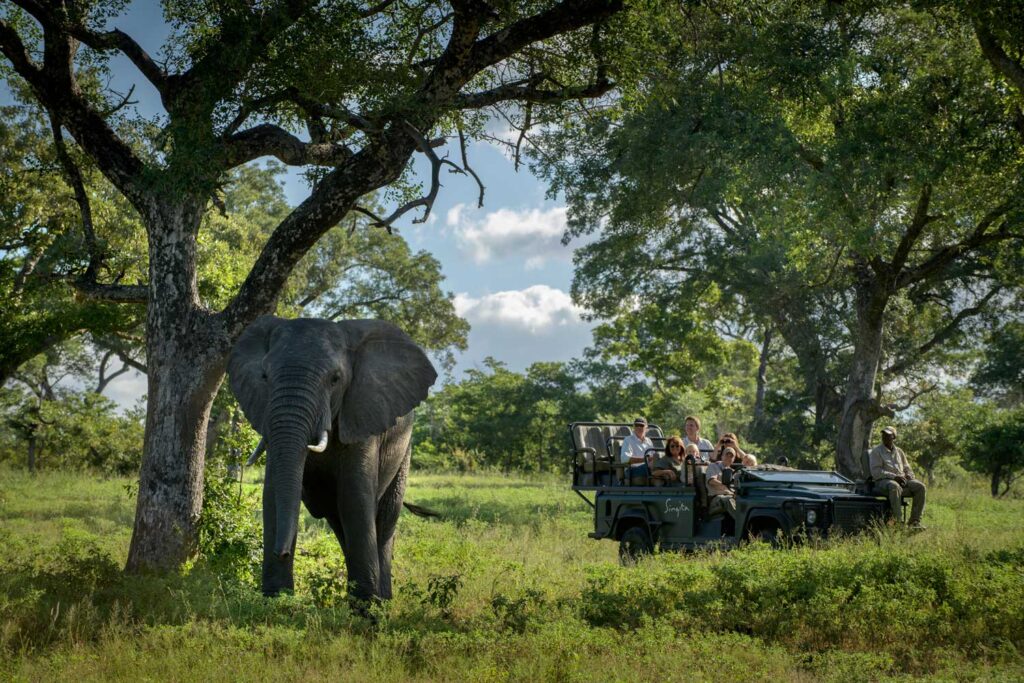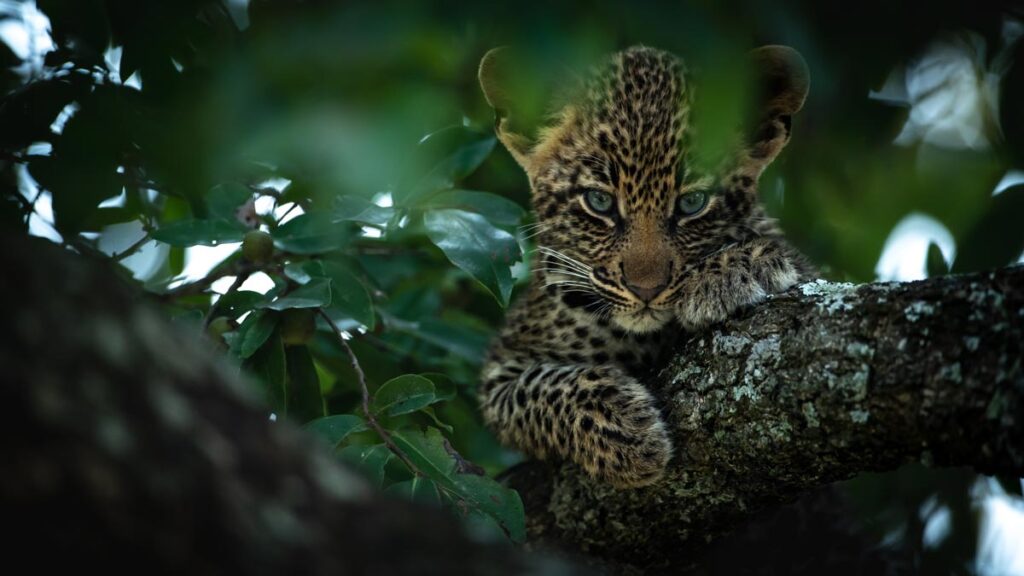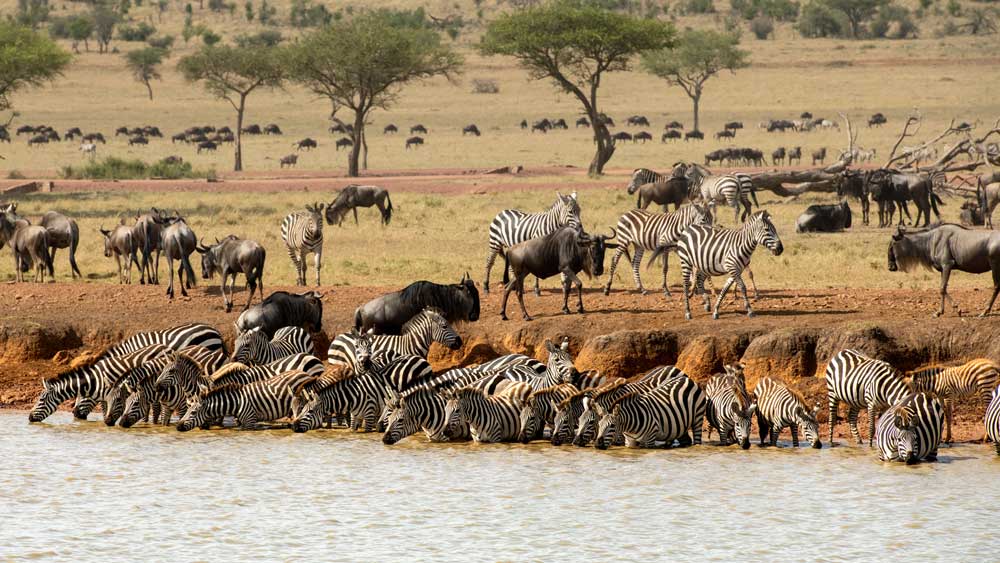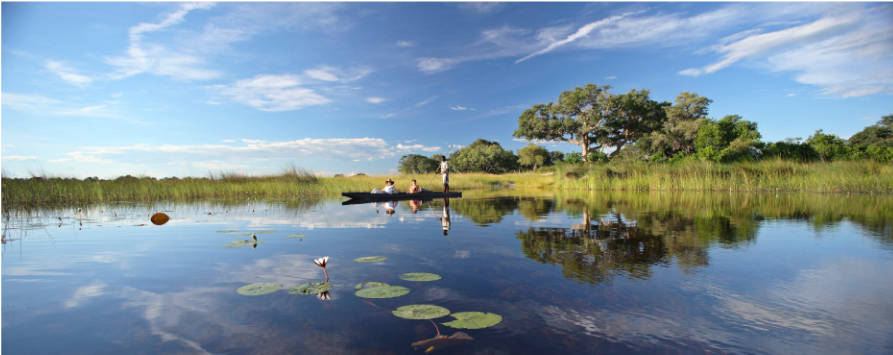What to Expect and How to Plan
Embarking on your first African safari is an exciting and often life-changing experience. From the thrill of seeing wildlife up close to the stunning landscapes that stretch across the savannah, Africa offers a safari adventure like no other. If you’re planning your first safari, this guide will cover the basics, what to expect, and how to make the most of your journey.
What is a Safari?
The word “safari” originates from the Swahili word for “journey,” and that’s exactly what it is, a journey into the heart of Africa’s wilderness. The most popular safaris take place in countries like South Africa, Kenya, Tanzania, Botswana, and Namibia. Depending on the destination, you may explore savannas, forests, wetlands, or deserts, each with its unique set of animals and experiences.
Safaris are usually conducted in 4×4 vehicles, allowing for close encounters with wildlife such as lions, elephants, leopards, giraffes, and zebras. Some safaris also offer walking tours or boat safaris, giving you different perspectives of the wildlife and landscapes.
What to Expect on Safari
Your daily schedule will revolve around wildlife viewing. Safaris typically involve two game drives per day, one in the early morning and another in the late afternoon or evening. These are the times when animals are most active and easier to spot. In between, you’ll return to your lodge or camp for rest, meals, and downtime.
Most lodges are located within or near game reserves, offering easy access to wildlife. Don’t be surprised if you hear lions roaring or hyenas cackling in the night… This is all part of the adventure!

Seasonalities and How They Affect Your Safari
The timing of your safari is crucial, as Africa’s seasons have a significant impact on wildlife behavior and visibility. Generally, the year is divided into two primary safari seasons: the dry season and the wet (or green) season.
Dry Season:
This is often considered the best time for game viewing. During the dry season, water sources become scarce, and animals congregate around rivers, waterholes, and lakes, making it easier to spot them. Vegetation is also less dense, providing clearer views of the wildlife. Predators like lions and leopards tend to be more active during these months as they follow herds of prey.
If you’re visiting East Africa during the dry season, you’ll have the opportunity to witness the Great Migration in the Serengeti or Maasai Mara, when millions of wildebeest and zebras make their epic journey in search of fresh grazing.
Wet Season:
The wet season, also known as the green season, brings life back to the bush. Rain transforms the dry, brown landscapes into lush greenery, and many animals give birth to their young during this time. This is an excellent time for birdwatching, as migratory birds arrive in large numbers. However, the thick vegetation can make wildlife viewing more challenging, and animals are more dispersed due to the abundance of water.
Although wildlife spotting may be more difficult, the wet season offers a quieter, more affordable safari experience, with fewer tourists and stunning landscapes.

The Green Season: A Hidden Gem
The green season may not be the most popular time for safaris, but it holds its own special allure. As the rains rejuvenate the land, the landscapes burst into vibrant shades of green, making for striking photographic opportunities. The air is fresh, the skies are dramatic, and the wildlife, although sometimes harder to spot, is still abundant. Plus, with fewer visitors during this period, you’ll often have the wilderness all to yourself, enhancing the sense of tranquility and exclusivity.
If you’re a photographer or simply someone who appreciates natural beauty, the green season offers the chance to capture Africa’s landscapes in all their lush, colorful glory. And despite the thicker vegetation, dedicated guides are adept at locating wildlife, so there’s no shortage of thrilling encounters.
Shoulder Season: A Perfect Balance
The shoulder season, which occurs in the transition between the dry and wet months, typically in spring (April-May) and autumn (September-October), provides the best of both worlds. During this time, you can experience a mix of sunny skies and occasional rain showers, making for a comfortable and balanced safari experience.
In the early shoulder season, as the rains taper off, the bush is still lush, but temperatures are moderate, and wildlife is beginning to concentrate around permanent water sources. This period offers pleasant weather without the crowds of the high season, making it a great choice for those seeking a quieter experience.
As the late shoulder season approaches, particularly towards the end of the dry season, temperatures rise, and water becomes scarce. This is when wildlife gathers in large numbers around the few remaining waterholes, making sightings more predictable and rewarding. While it can be hot and dusty, this period also offers some of the best opportunities for spotting wildlife, especially larger predators like lions and leopards.
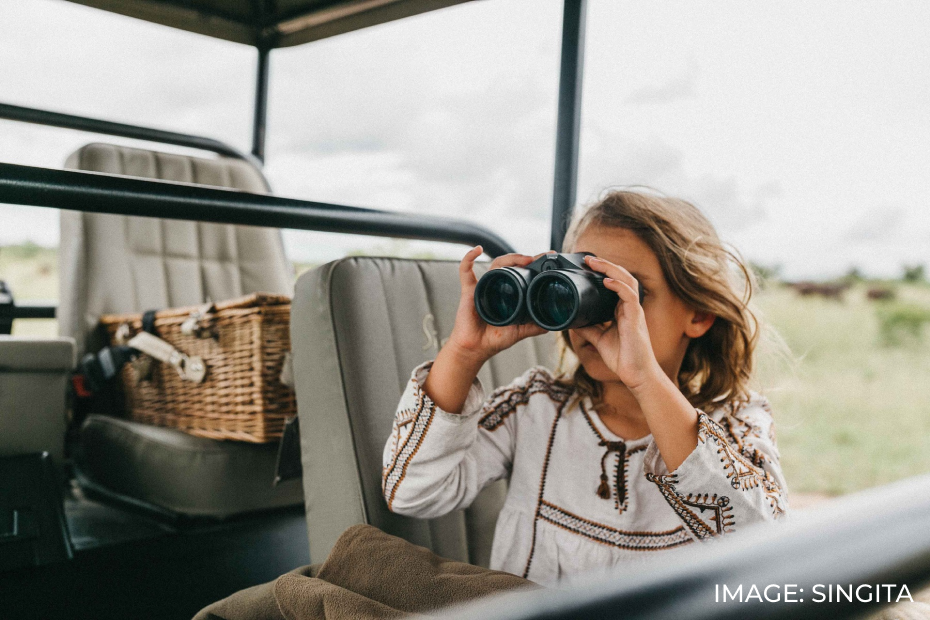
What to Pack for Your First Safari
Packing for a safari requires a balance between comfort and practicality. Here’s what you should bring:
- Neutral-colored clothing: Earth tones like beige, brown, and khaki help you blend into the environment.
- Comfortable walking shoes: Essential for walking safaris or getting around camp.
- Lightweight, breathable fabrics: Safaris can get hot during the day, especially in the dry season.
- Warm layers: Mornings and evenings can be surprisingly cold, even in Africa. Bring a warm jacket or fleece.
- Hat, sunscreen, and sunglasses: The African sun is strong, so proper sun protection is a must.
Why Safari?
A safari is more than just a vacation; it’s an opportunity to connect with nature, experience different cultures, and witness the beauty of Africa’s wildlife up close. Whether you’re watching a lion hunt, seeing an elephant stroll by your camp, or witnessing the awe-inspiring Great Migration, the memories you make on your first safari will stay with you forever.
With thoughtful planning, and a spirit of adventure, your first African safari will undoubtedly be an unforgettable journey into the heart of the wild.

